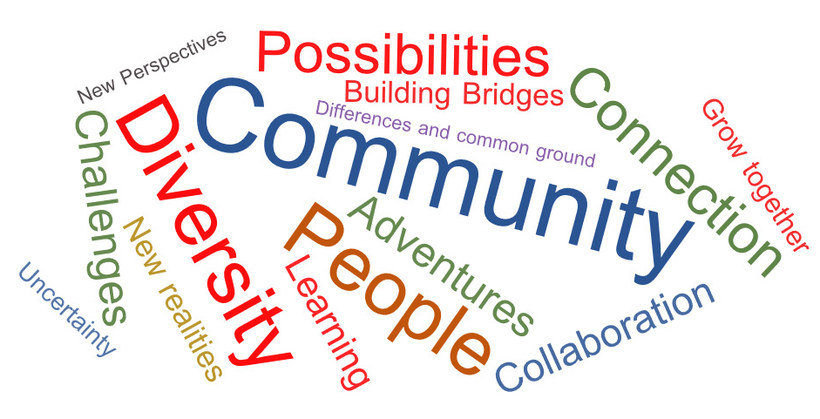Culture is a notoriously difficult term to define and explain. In fact, it has become common to use the term as an explanation for many different phenomena. With regard to culture, it is important to stress that when we speak of cultural affiliation, we take it to mean not only nation states but our membership of a whole range of collectives such as age, gender, role, profession, region, education etc. Everyone is a member of many different cultures, some of which influence us greatly and some to a lesser extent. Each of us is therefore a ‘part’ member of many cultures. These cultures and thus collectives are not only numerous and lack sharp boundaries, but are also dynamic, and shaped by the constantly changing relationships and interactions between people.
If this is so, then how can we capture culture and interculturality? And what does this mean in the context of virtual teams? These are the questions we will explore in this session. Let us start by examining the concept of culture itself.
Task: Culture and virtual teams
Look at the word cloud below, which depicts associations connected with culture. Pick some expressions from here, and consider them in relation to culture's influence in the context of virtual teams. Note down your findings in your learning journal.

Image developed by Holger Finke for this course
Having completed this task, click on the following link to view a possible answer.
Show / hide sample answer
This is what one person noted down:
The word cloud highlights the notions of diversity, collaboration and community. It also points to challenges and possibilities. Linking this to virtual teams, it could mean that a team will need to build a kind of community in order to better collaborate. Doing this on a virtual level could be challenging, but at the same time new possibilities and opportunities could be opened up.